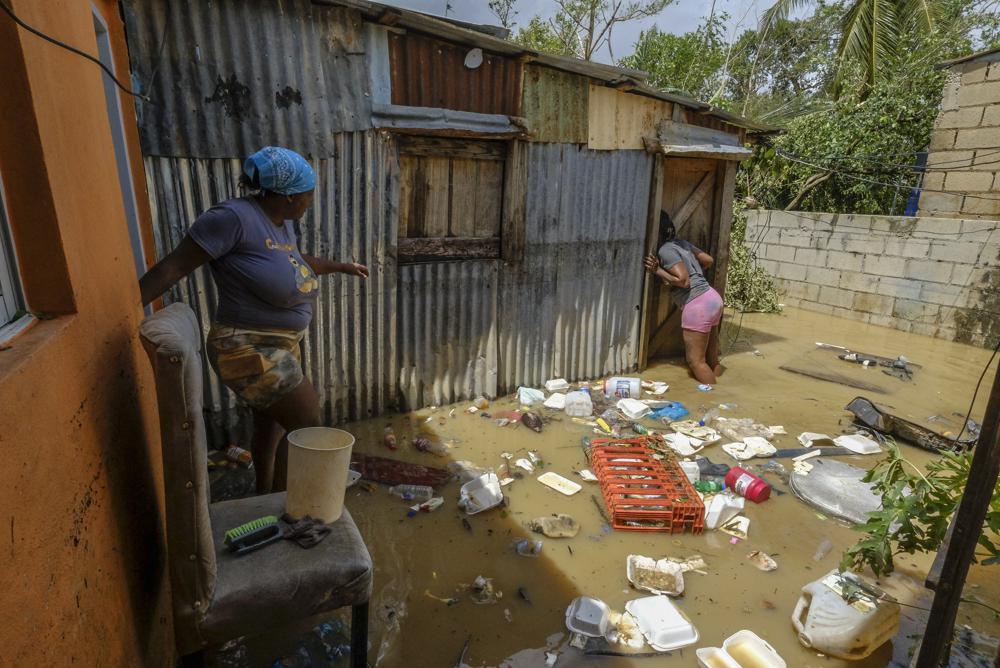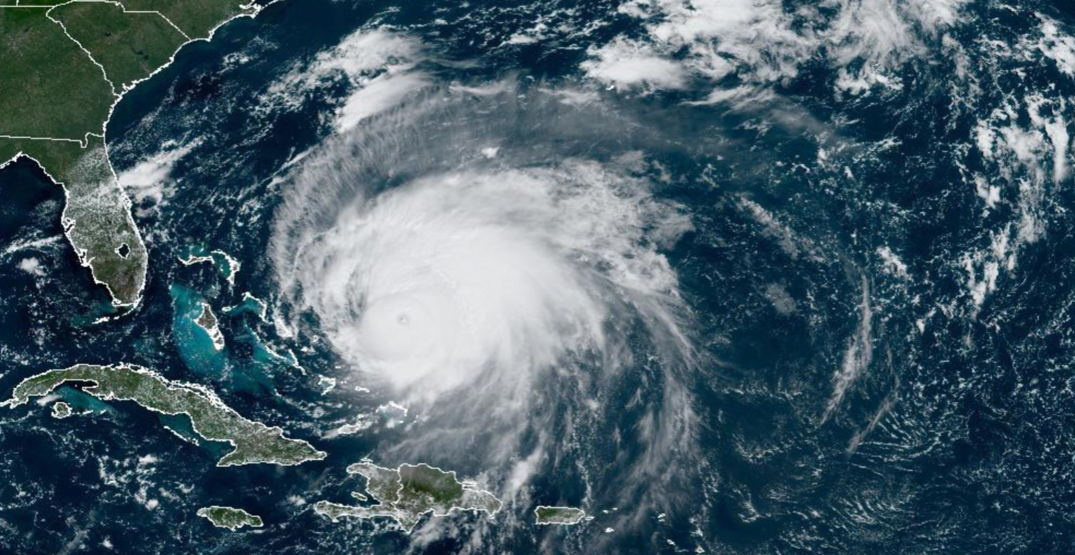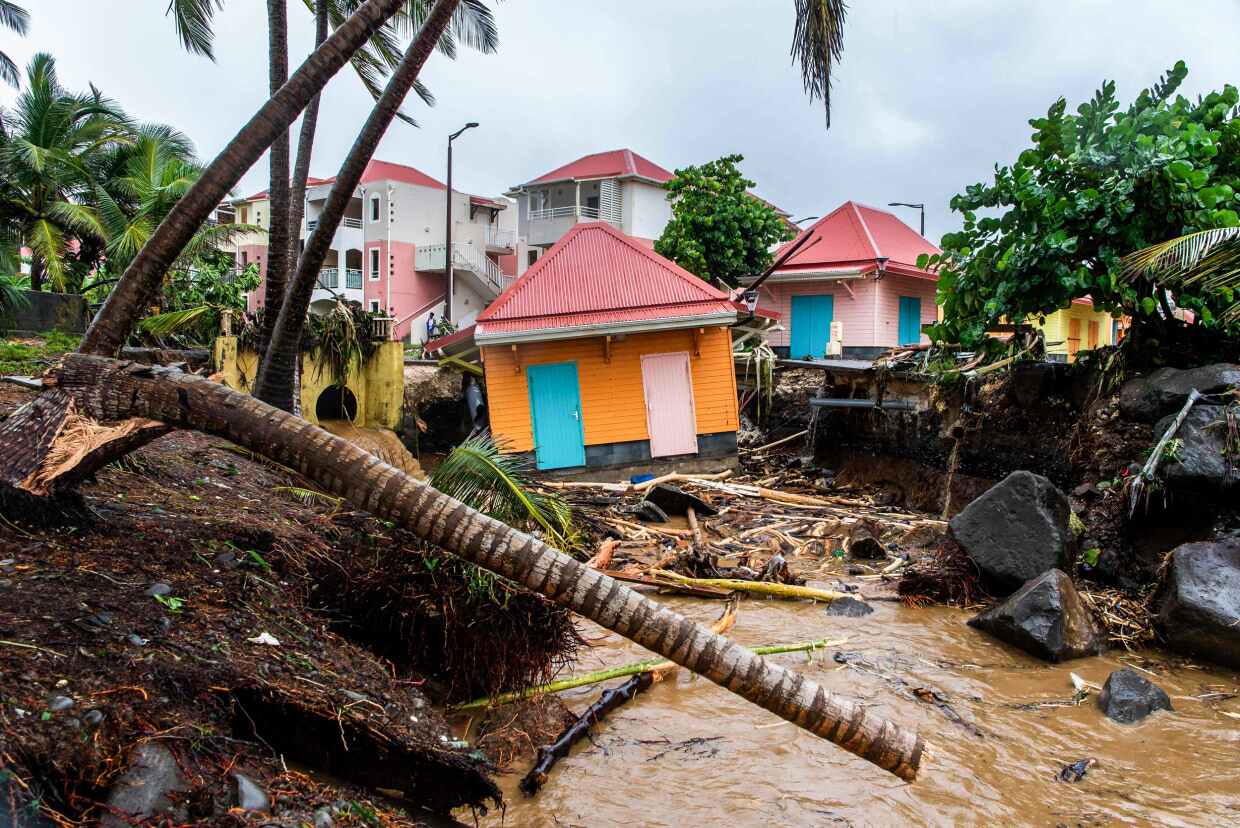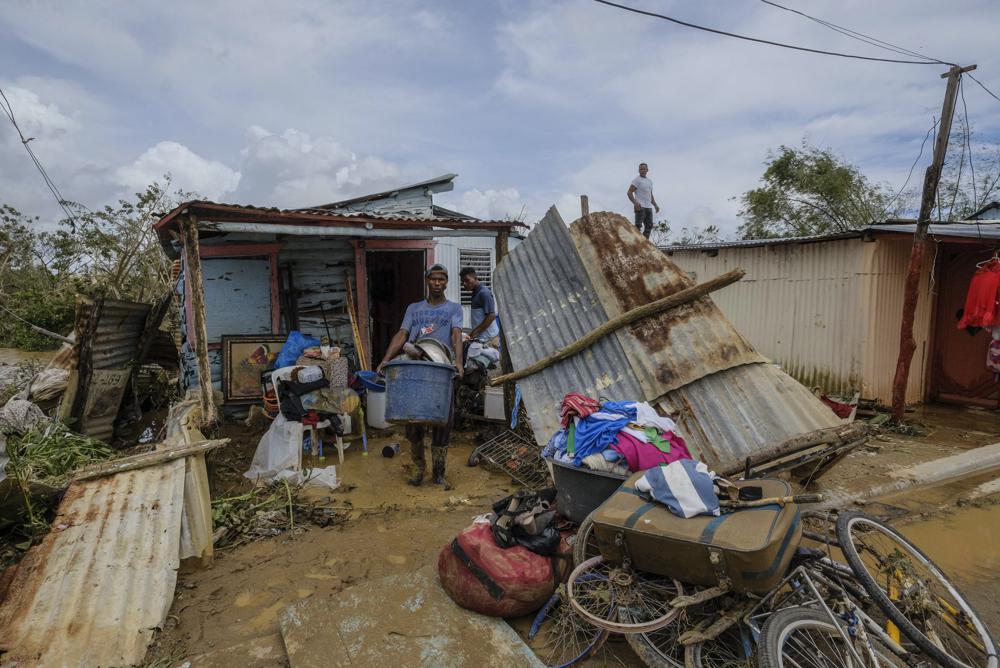
Hurricane Fiona grew to a Category 4 hurricane Wednesday after pounding the Turks and Caicos Islands, and it was expected to pass close to Bermuda later this week.
The storm was blamed for at least four direct deaths during its passage through the Caribbean, where it unleashed torrential rain in Puerto Rico, leaving the majority without power or water as hundreds of thousands of people scraped mud out of their homes due to “historic” flooding, according to authorities.
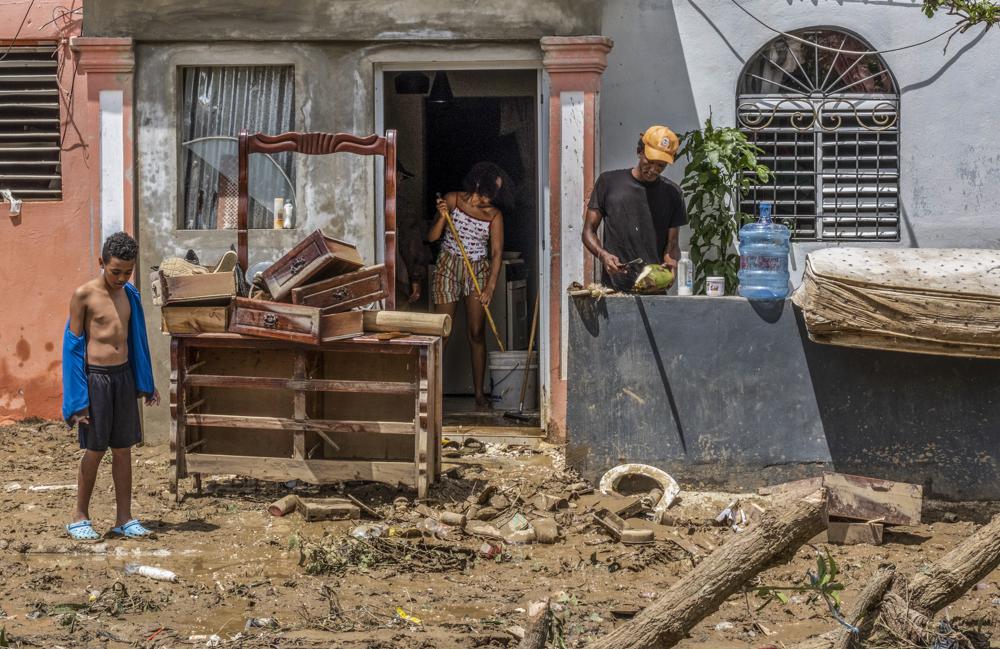
Power company officials first stated that it would take many days to fully restore power but appeared to backtrack late Tuesday night.
“Hurricane Fiona has severely impacted the island’s electrical infrastructure and generation facilities. We want to make it clear that efforts to restore and reenergize continue and are being affected by severe flooding, impassable roads, downed trees, deteriorating equipment, and downed lines,” said Luma, the company that operates power transmission and distribution.
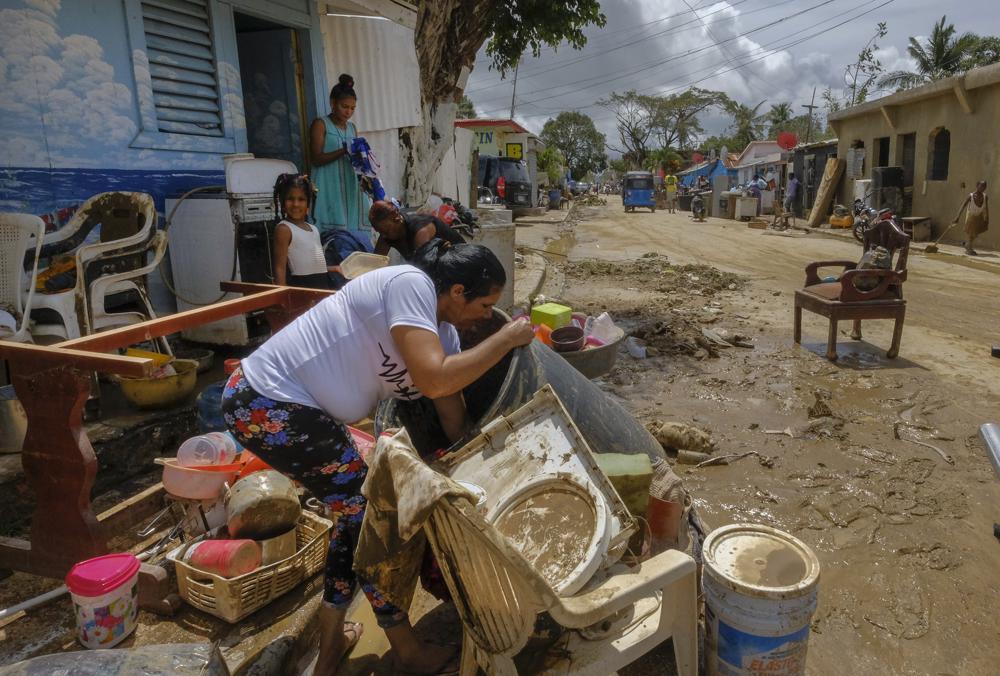
The buzz of generators could be heard around the US territory as residents got more frustrated, with some still struggling to recover from Hurricane Maria, which made landfall as a Category 4 hurricane five years ago and killed an estimated 2,975 people.
According to Luis Noguera, who was clearing a landslide in the central highland village of Cayey, Maria left him without electricity for a year.
“We hired an electrician out of our own pockets to connect us,” he recounted, adding that he doubts the government would be of much assistance again following Fiona.
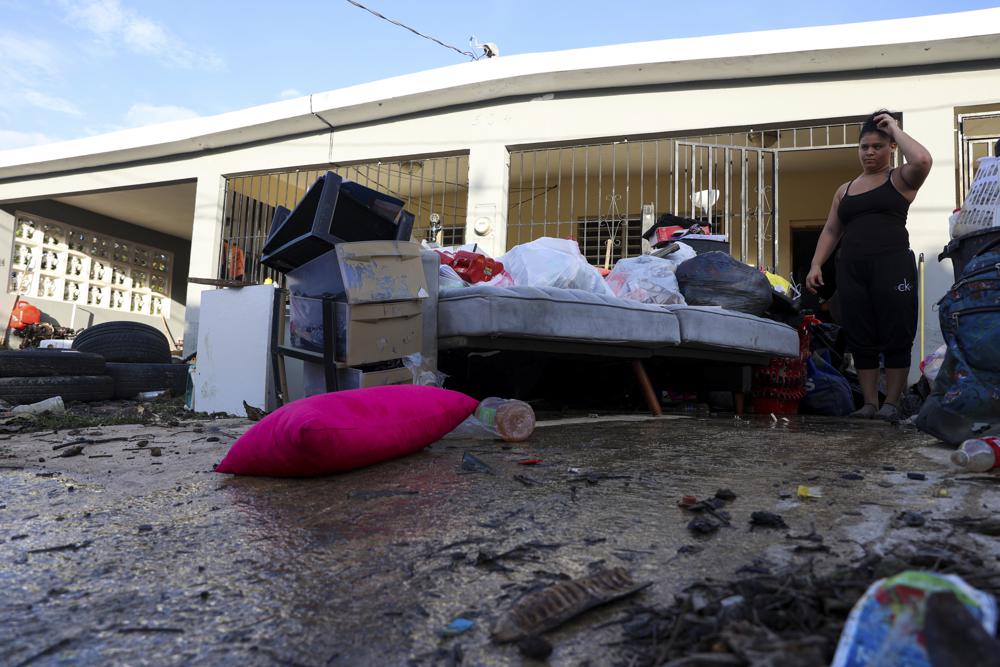
Long queues were reported at multiple petrol stations around Puerto Rico, and some people detoured off a major highway to get water from a creek.
“We thought we had a horrible experience with Maria, but this was worse,” said Gerardo Rodrguez, who lives in Salinas, on the country’s southern coast.
On Tuesday, the island received more than 25 inches (64 centimetres) of rain, with more expected.
Authorities announced late Tuesday that they had restored power to roughly 300,000 of the island’s 1.47 million consumers, while water supply had been cut to more than 760,000 users — two-thirds of the total.
On Tuesday, the Federal Emergency Management Agency director flew to Puerto Rico, where the agency announced the deployment of hundreds of more employees to support local response operations.
Meanwhile, the US Department of Health and Human Services declared a public health emergency on the island and dispatched two teams.
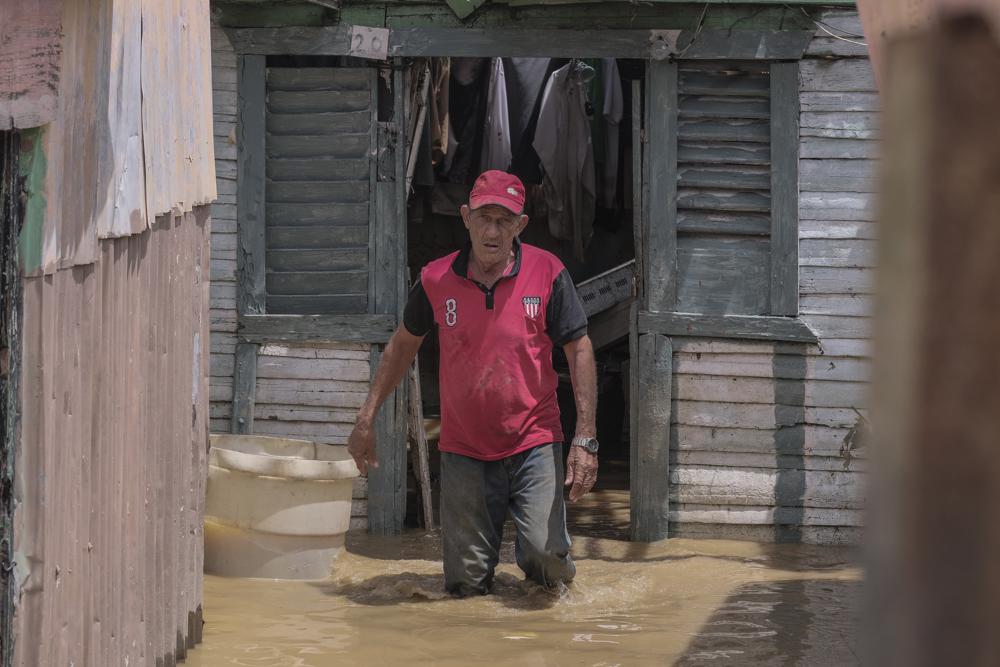
Despite the storm’s eye coming near Grand Turk, the small British territory’s capital island, on Tuesday morning, officials in the Turks and Caicos Islands reported minor damage and no casualties.
The government had set a curfew and advised residents to avoid flood-prone regions.
“Turks and Caicos had a phenomenal experience over the past 24 hours,” said Deputy Gov. Anya Williams. “It certainly came with its share of challenges.”
Fiona was located about 170 miles (275 kilometres) north-northwest of Grand Turk Island early Wednesday morning, with hurricane-force winds reaching up to 30 miles (45 kilometres) from the centre.
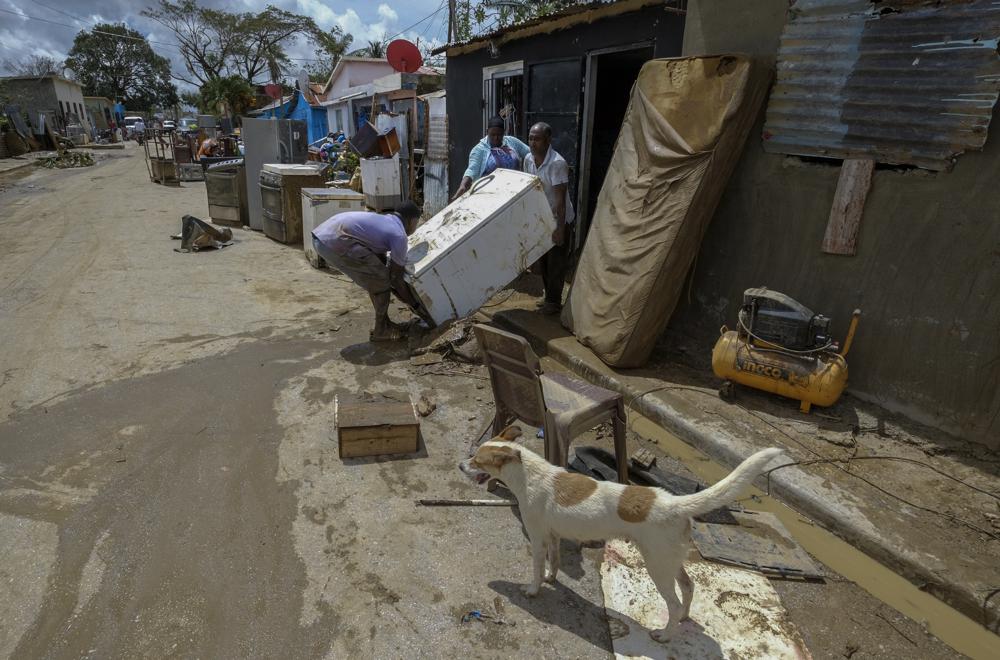
According to the National Hurricane Center, the storm had maximum sustained winds of 130 mph (215 kph) and was heading north at eight mph (13 kph). It was expected to grow into a Category 4 hurricane when it approached Bermuda on Friday.
The storm killed a man in Guadeloupe, a guy in Puerto Rico who was washed away by an overflowing river, and two individuals in the Dominican Republic, one killed by a falling tree and the other by a collapsing electric pole.
